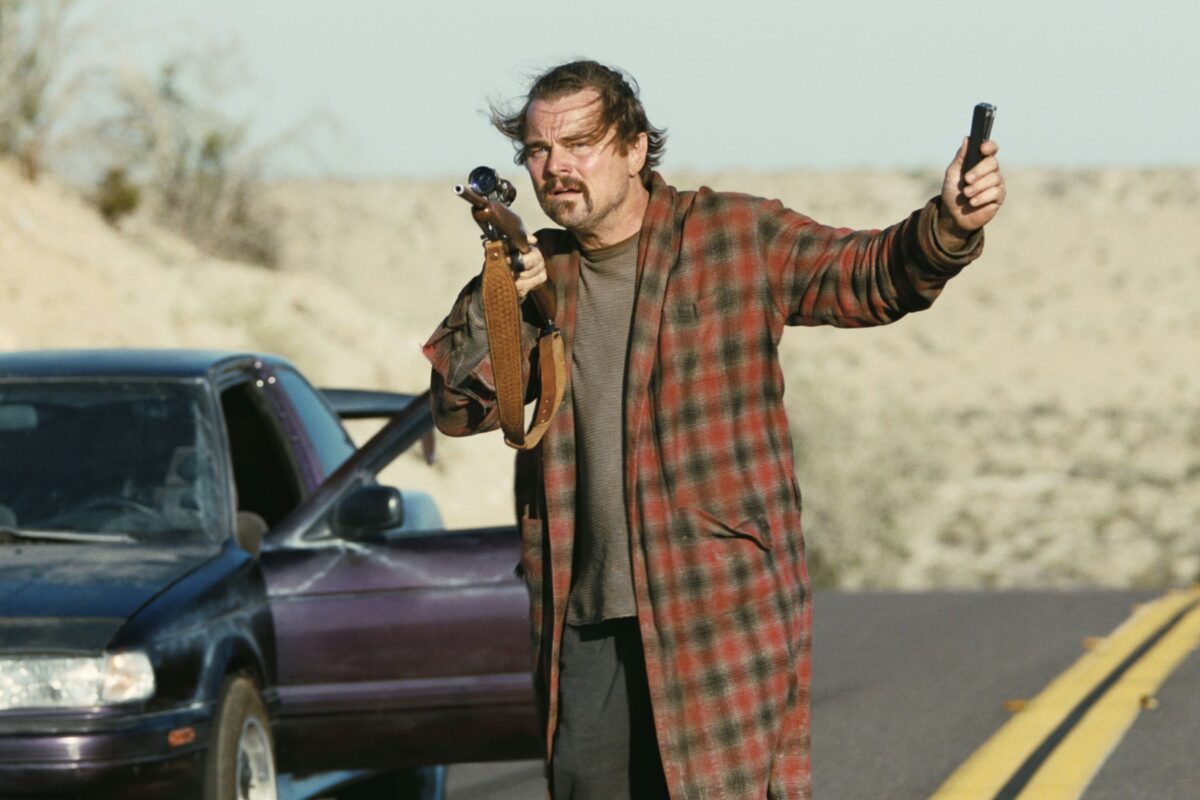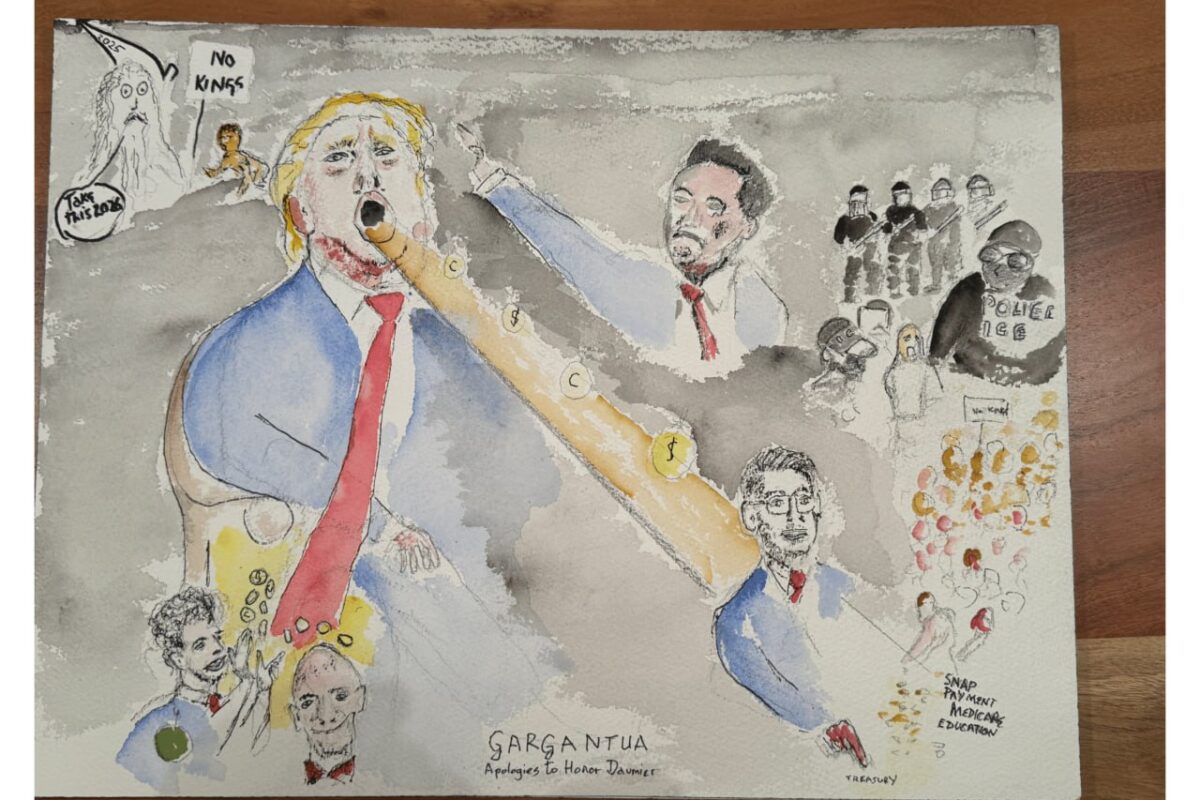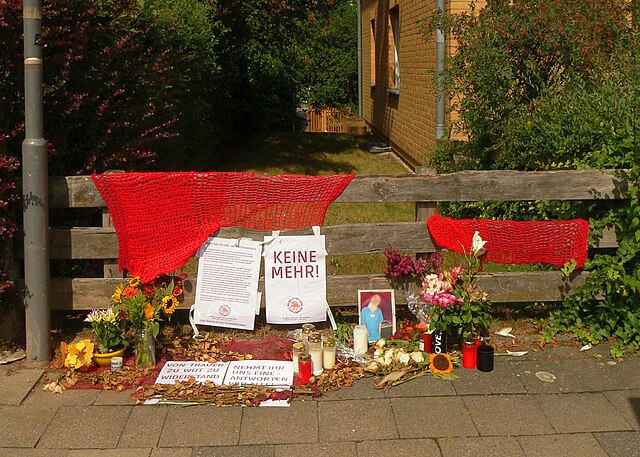Rebellious Daughters of History #12
by Judy Cox

Painting the Revolution – Nadezhda Udaltsova (1885-1961)
Nadezhda was one of a group of Russian avant-guard painters who were part of a great flowering of creative experimentation following the Revolution of 1917.
Before 1914, Nadezhda studied painting in Paris, experimented with Constructivism and later joined the Suprematist movement. In 1916, she joined Kazimir Malevich’s Supremus group.
Like many of her avant-garde contemporaries, Nadezhda embraced the October Revolution. They developed new styles of art to express the energy and optimism unleashed by the overthrow of the old regime.
In 1917, Nadezhda was elected to the Young Leftist Federation of the Professional Union of Artists and Painters and began work in various state cultural institutions, including the Moscow Proletkult. In 1918, she joined the Free State Studios, first working as Malevich’s assistant, and then heading up her own studio.
She also collaborated with Aleksandr Rodchenko, Malevich and others on a newspaper entitled Anarkhiia (Anarchy).
In 1919, Nadezhda contributed 11 paintings to the Fifth State Exhibition. She married her second husband, the painter Alexander Drevin. When Vkhutemas, the Russian state art and technical school, was established in 1920, she was appointed professor and senior lecturer.
In 1920 she also became a member of the Institute for Artistic Culture (InKhuK). InKhuK was set up to decide how art should develop and promote the new world they believed was being built in Russia.
This optimism and creativity were crushed by the rise of Stalin. In 1938 Nadezhda’s husband Alexander Drevin was arrested then murdered by Stalin and she was silenced until after Stalin’s death.

Chartist rabble-rouser Susanna Inge
Susanna Inge was a Chartist sensation – an outspoken young woman, defying expectations about status of working class women by lecturing on Chartism and for women’s right to engage in politics.
Susanna had little schooling and only learnt to write at the age of 16. She burst into public attention with an address “to the women of England” which appeared in the Northern Star (2 July, 1842), She signed herself a “Member of the Female Charter Association of the City of London”.
She argued that women should, “assist those men who will, nay, who do, place women in on equality with themselves in gaining their rights, and yours will be gained also”.
Many bitterly opposed Susanna’ defence of women’s right, sneering at her as a ‘hen-Chartist’. Some critics were on her own side. In October 1842, a meeting was called at the Chartist Hall at 55 Old Bailey “for the purpose of forming a ‘Female Chartist Association.”
A Mr Cohen, declared that he “did not consider that nature intended women to partake of political rights”. His speech caused a “sensation among the ladies” (Northern Star, 22 October 1842).
She too took on Mr Cohen, arguing that,”woman ought to be better educated, and that, if she were, so far as mental capacity, she would in every respect be the equal of men.”
After Chartism, Susanna Inge attempted to turn her hand to writing. On 18 February 1847, she gave birth to a son, James McGregor, outside marriage. In 1851, she was working as a furrier. In 1857 Susanna MacGregor and her son emigrated to New York, settling in Brooklyn, where she found work as a fur sewer.
She died on 26 December 1902 at the age of 82.



